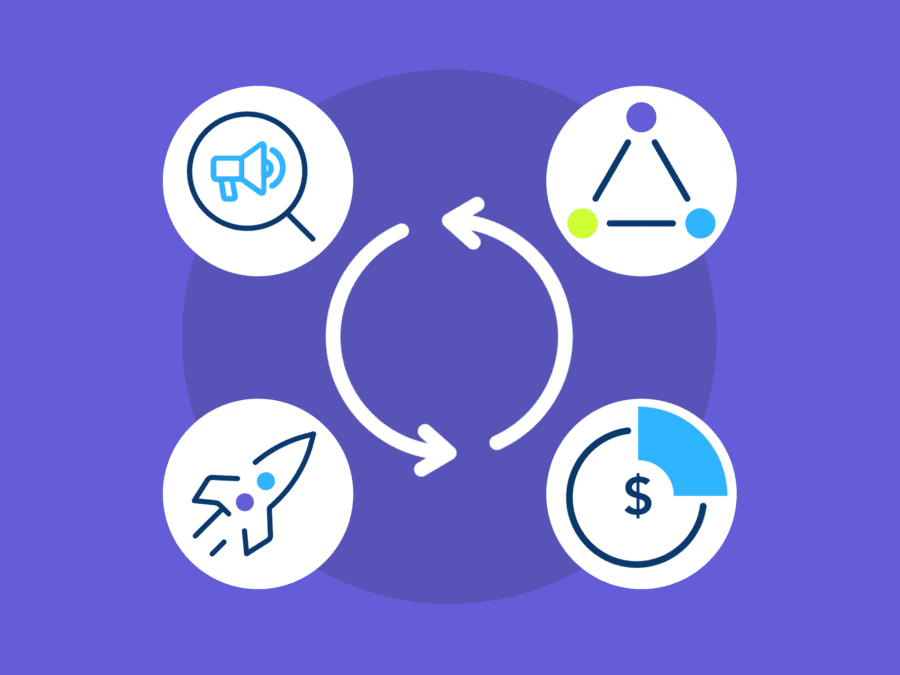Marketers have long known that last-click attribution is problematic because it ignores all the contributing interactions and touchpoints that may have led a consumer to a conversion point. So there are few tears being shed now that Google has set it aside in favor of data-driven attribution (DDA) as the default for shopping, search, display, and YouTube ads.
DDA uses machine learning to quantify how each marketing touchpoint contributes to a conversion. It compares the full paths of consumers who convert (including behaviors like video engagement) to the paths of customers who don’t convert in order to identify patterns that lead to conversions.
From that pattern data, marketers can determine which keywords, ads, ad groups, and campaigns play the biggest roles in reaching their business goals and optimize their bidding accordingly. The hope is that this model will be both more accurate and more privacy-minded in the post-cookie landscape. Done well, it will help advertisers better understand which campaigns and ads are contributing to overall success throughout the funnel, although it does require a leap of faith and trust in the data Google Ads is providing.
The challenge is in reporting
Where some brands could see a bit of blowback from this change is in the cultural shift it may require in reporting results up the food chain. Explaining and promoting the nuances of DDA to executives outside the marketing bubble, and potentially to investors and other stakeholders, may be challenging. After all, last-click attribution, however inaccurate, is concrete and precise, while machine learning is based on estimations and predictions to some degree. It’s complicated.
Google won’t force you to use DDA, and you can still use any of the five rule-based attribution models Google offers instead, but in almost all cases you’ll be missing the big picture. First-touch, last-touch, and position-based attribution all overvalue certain interactions and don’t provide an accurate view of what is truly driving conversions. Linear attribution weighs every touchpoint the same, making it hard to optimize, while time-decay may assign low credit to those first influential steps in the journey.
“It’s important to remain in the mindset of the customer and remember what customers are doing to find your brand. Gone are the days of attributing $1 to 1 click,” says Ashley Fletcher, VP of marketing at Adthena. “Every campaign must be holistic, so decision-makers have to get away from looking at individual line items.”
“Our world at Adthena is no different, we have long-tail keywords, we have a brand, we have thought leadership being discussed at webinars. A CEO shouldn’t be looking at line items in a campaign, but whether we’re ensuring we can grow efficiently – delivering a customer to opportunity at a target price.”
Adthena tools for C-level conversations
The Adthena platform provides search marketers with several tools to help convey and support search marketing decisions to a broad array of stakeholders. Search intelligence can provide vital insights about your entire customer journey and landscape, including share of search, which is an important proxy for overall market share in the digital age.
Search intelligence can provide a useful radar on your entire marketplace, and 90% of CMOs say it helps them make better decisions. Learn how you can solve strategic challenges with search intelligence and position the power of search to the C-suite, investors, and other stakeholders on our Search intel for the C-suite hub.




